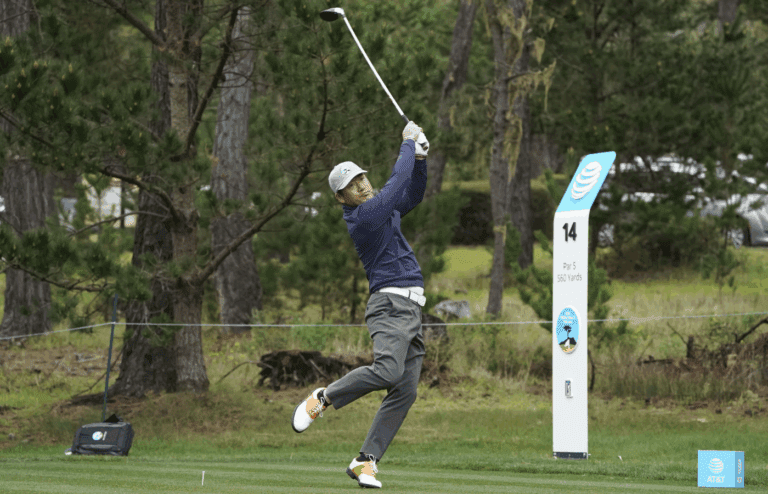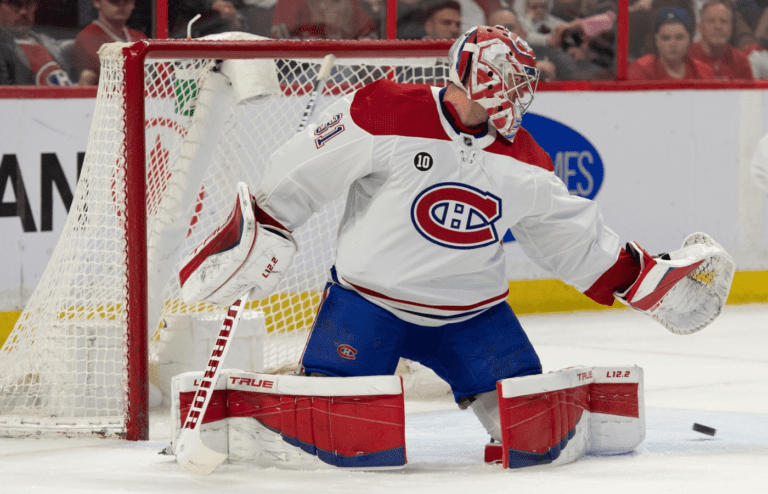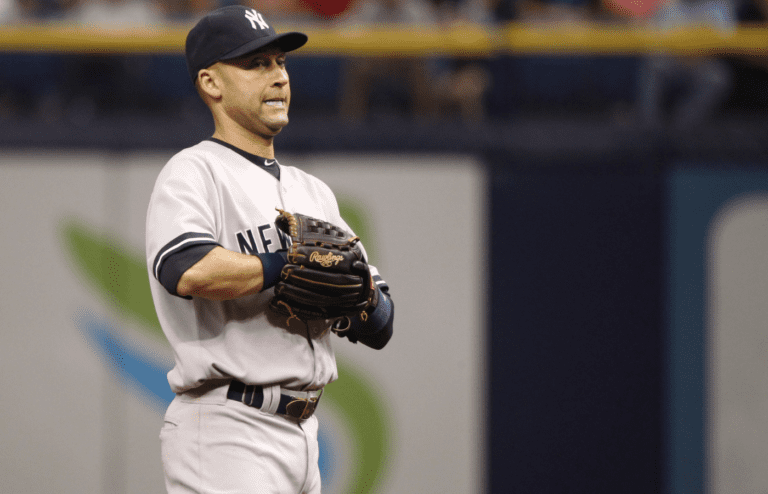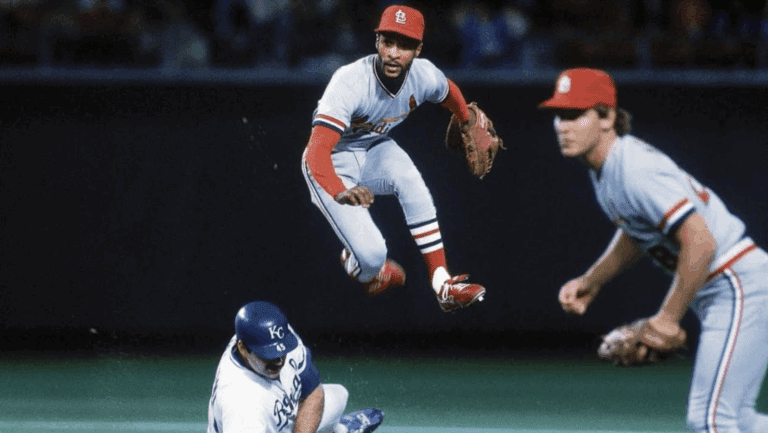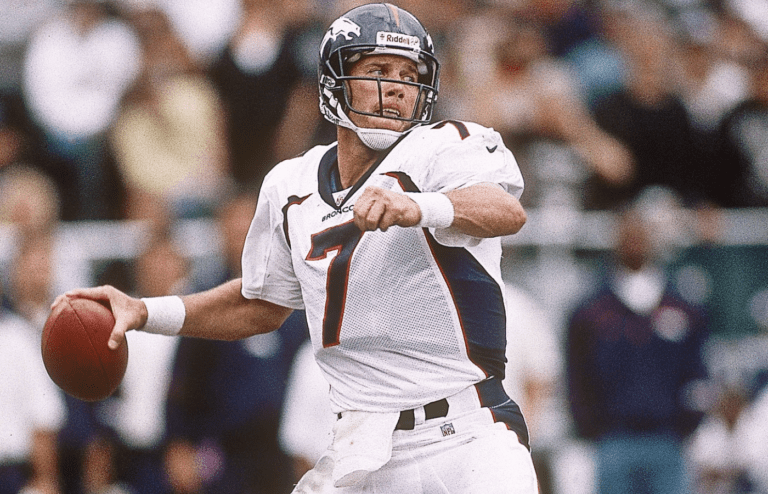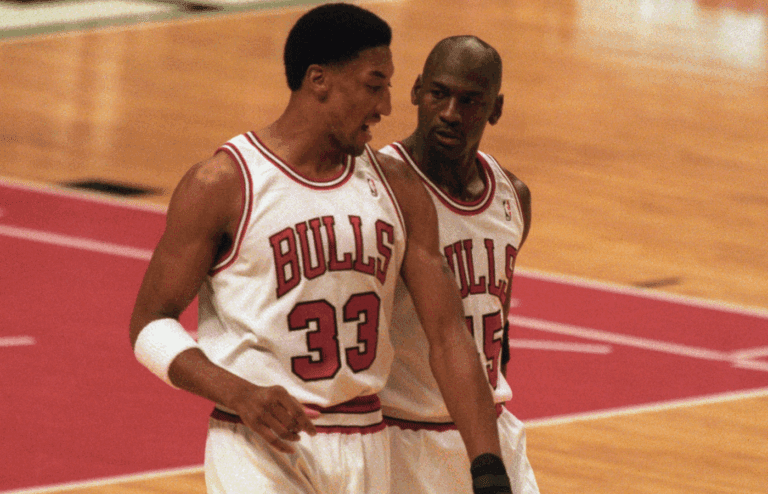Professional hockey has always been filled with intensity, but some players have made headlines for more than just their skills on the ice. Whether through controversial hits, heated rivalries, or off-ice scandals, these figures have sparked debates, divided fan bases, and pushed the limits of the game.
From unforgettable clashes to moments that tested the league’s boundaries, these players built reputations that remain infamous to this day. Here’s a look at the most polarizing figures in NHL history and the incidents that defined their legacies.
15. Billy Coutu
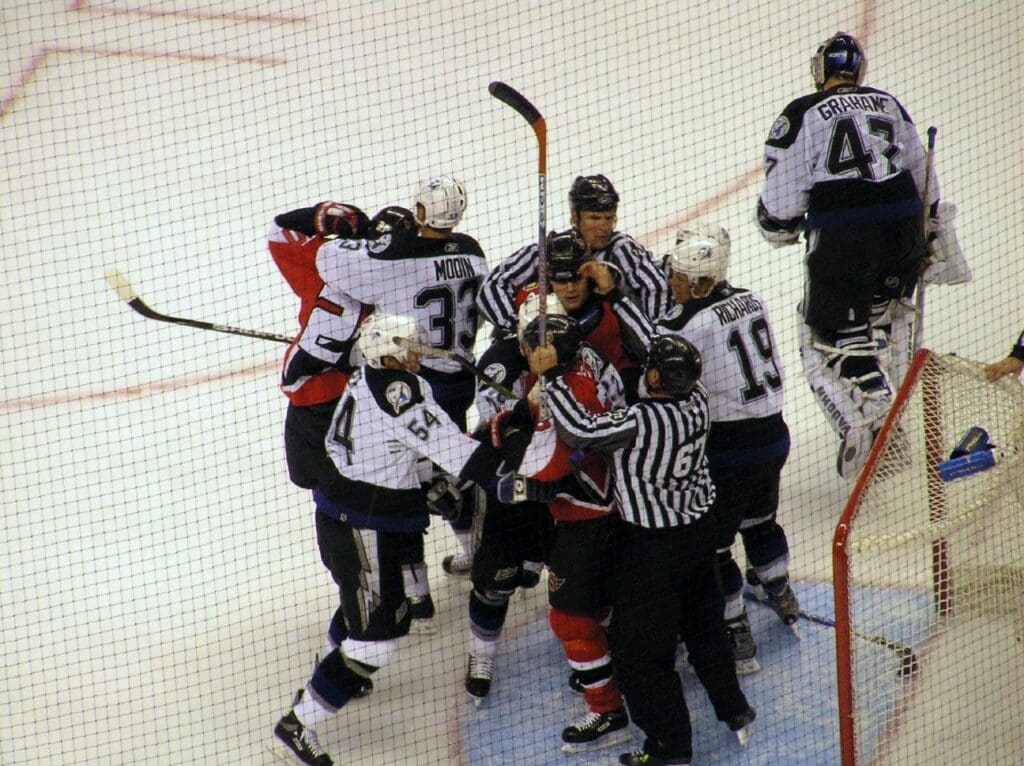
Billy Coutu holds the distinction of being the only NHL player ever banned for life. In 1927, after Game 4 of the Stanley Cup Finals, Coutu assaulted referee Jerry LaFlamme and tackled assistant referee Billy Bell in a post-game altercation, which also involved a bench-clearing brawl. This incident, coupled with his history of violent behavior on the ice, led to his lifetime expulsion from the NHL. Although his ban was lifted in 1929, and he was reinstated in 1932, Coutu never played in the NHL again. He continued his career in minor leagues and later transitioned into coaching.
14. Ulf Samuelsson
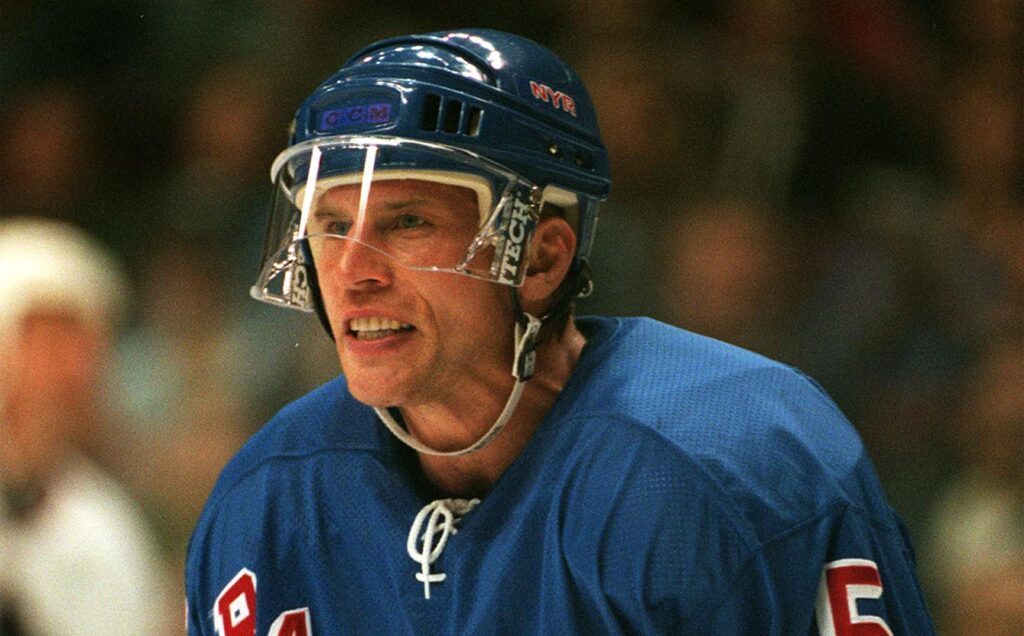
Ulf Samuelsson earned a reputation as one of the NHL’s dirtiest players during his 16-year career. His most infamous moment came during the 1991 Eastern Conference Finals, when his knee-on-knee hit on Boston Bruins star Cam Neely caused a severe injury that led to a degenerative condition called myositis ossificans. This injury significantly shortened Neely’s career, limiting him to just 162 games over the next five seasons and ultimately contributing to his early retirement. Samuelsson’s aggressive style, characterized by physicality and controversial hits, made him both a feared defenseman and one of the league’s most hated players.
13. Dale Hunter
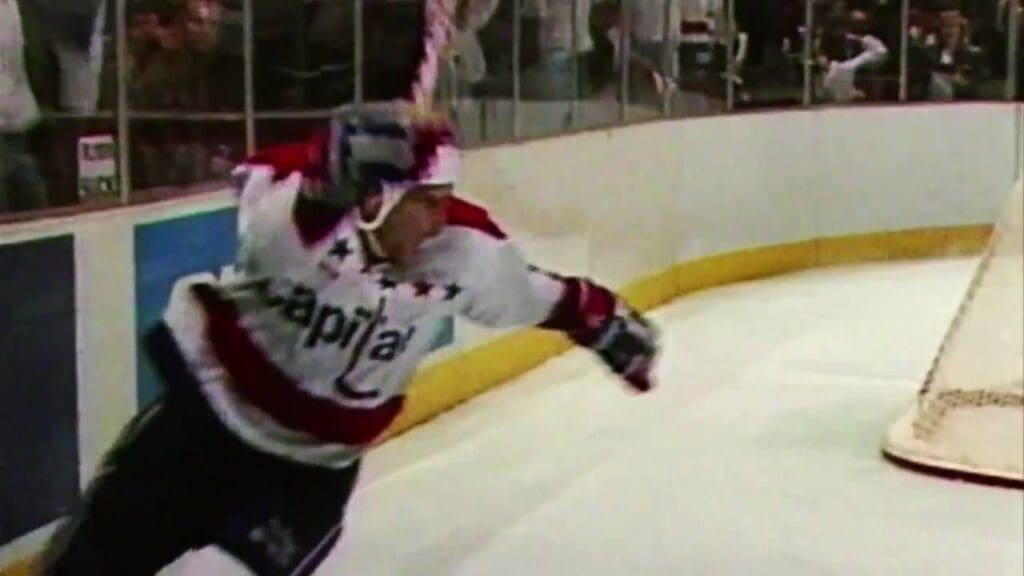
Dale Hunter’s 19-year NHL career was marked by both skill and controversy. He is the only player in NHL history to amass over 1,000 points (1,020) and 3,000 penalty minutes (3,565). His most infamous moment came on April 28, 1993, during the playoffs, when he blindsided Pierre Turgeon after a goal in Game 6 of the first-round series between the Washington Capitals and New York Islanders. Turgeon suffered a separated shoulder but returned later in the playoffs, missing only six games. Hunter received a 21-game suspension, the longest at the time for an on-ice incident. Despite his aggressive style, Hunter remains a respected figure in hockey for his leadership and contributions to the game.
12. Tie Domi
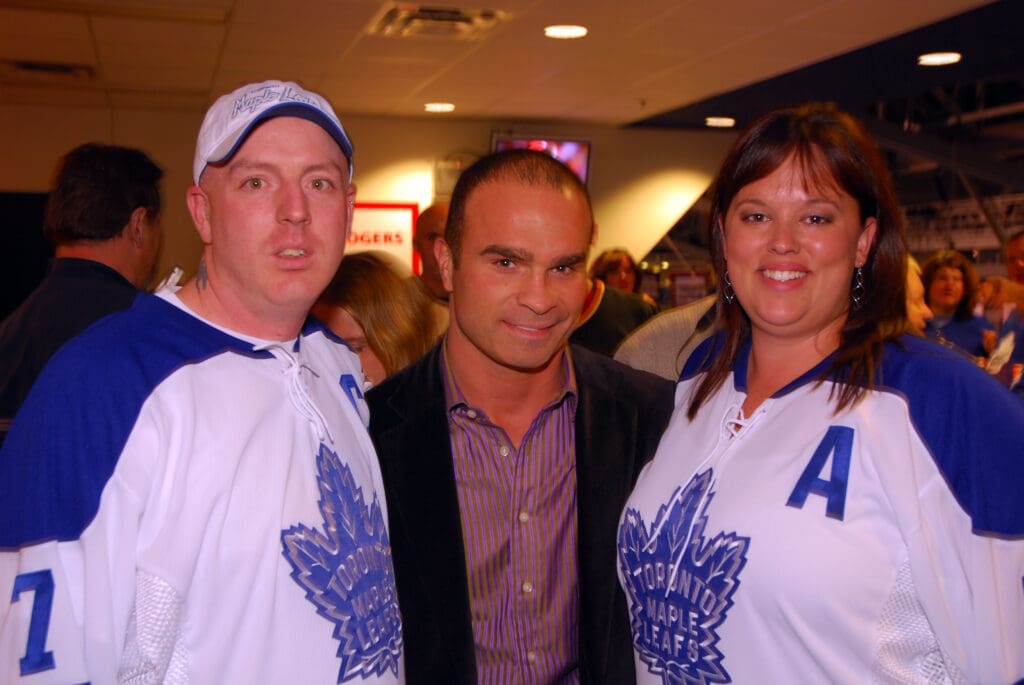
Tie Domi, known for his tough-guy persona, was involved in numerous controversial incidents throughout his NHL career. Among these were sucker-punching Ulf Samuelsson in 1995, which resulted in an eight-game suspension, and elbowing Scott Niedermayer in the 2001 playoffs, knocking him unconscious and earning Domi a suspension for the remainder of the playoffs and the first eight games of the following season.
Domi’s most infamous moment came on March 29, 2001, during a game against the Philadelphia Flyers. While sitting in the penalty box, he squirted water at heckling fans, prompting one fan, Christopher Falcone, to lean on the glass, which gave way. Falcone fell into the penalty box, leading to a brief altercation during which Domi punched him several times. Domi was fined $1,000 for the incident but faced no suspension. The two later reconciled.
11. Matt Cooke
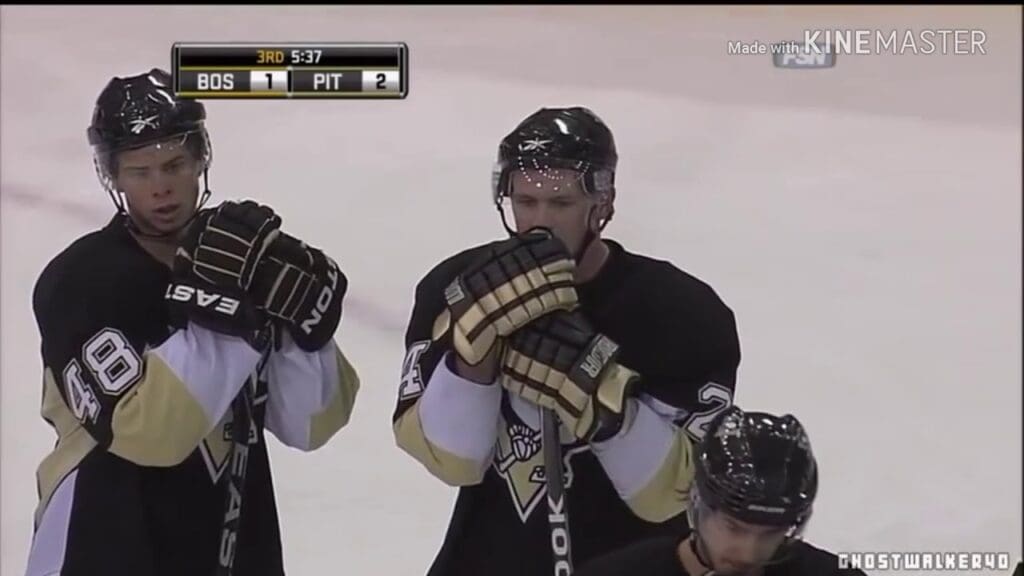
Matt Cooke earned a reputation as one of the NHL’s dirtiest players due to his numerous suspensions for dangerous hits. His most infamous incident occurred on March 7, 2010, when he delivered a blindside hit to Boston Bruins forward Marc Savard, resulting in a Grade 2 concussion that effectively ended Savard’s career. Cooke did not receive a penalty or suspension for the hit, but it became a key factor in the NHL implementing Rule 48, which prohibits blindside hits to the head.
Despite pledging to reform his play style after his 2011 suspension for an elbow to Ryan McDonagh, Cooke continued to face disciplinary action, including a seven-game suspension in 2014 for a knee-on-knee hit on Tyson Barrie. While Cooke attempted to change his reputation later in his career, his history of dangerous play left a lasting impact on the league and its disciplinary standards.
10. Chris Simon
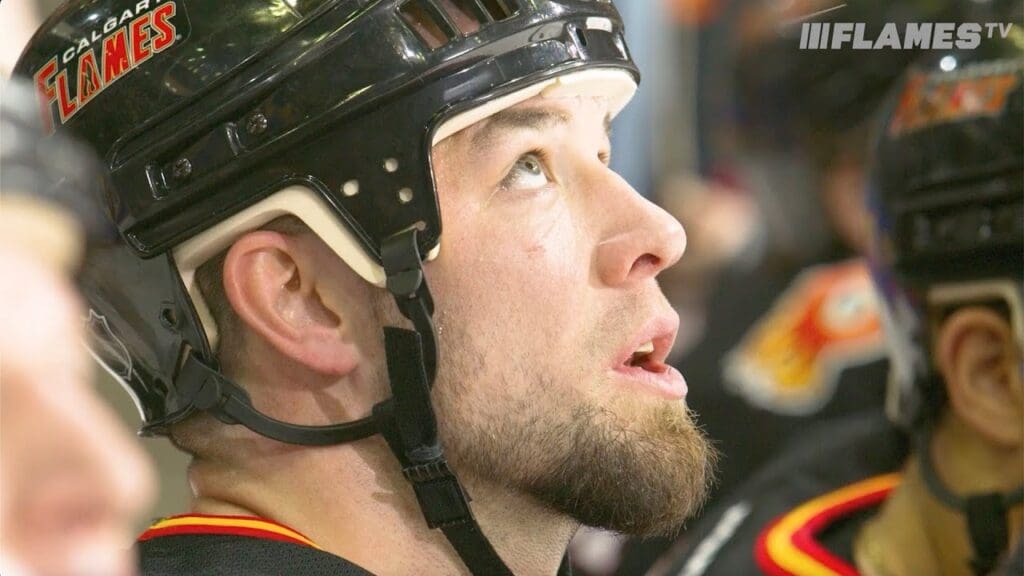
Chris Simon’s NHL career was indeed marked by controversy and violence. Over his career, Simon was suspended eight times for a total of 65 games, including a record 30-game suspension in 2007 for stomping on Jarkko Ruutu’s ankle and a 25-game suspension earlier that year for a two-handed stick swing to Ryan Hollweg’s face. Tragically, Simon died in 2024 at the age of 52. His family said that CTE was a contributing factor to him taking his own life.
9. Marty McSorley
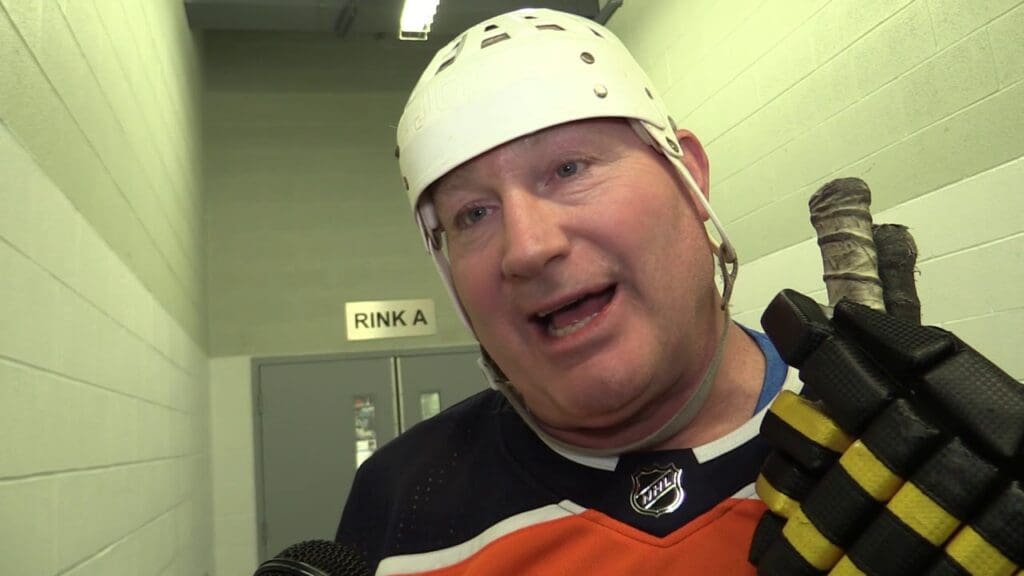
Marty McSorley’s career ended in infamy after a vicious slash to Donald Brashear’s head on February 21, 2000, during a game between the Boston Bruins and the Vancouver Canucks. The incident resulted in a criminal conviction for assault with a weapon, for which McSorley received an 18-month conditional discharge. He was suspended indefinitely by the NHL immediately after the incident, and later received a one-year suspension from NHL Commissioner Gary Bettman, the longest for an on-ice act of violence in NHL history at that time.
The suspension effectively ended McSorley’s 17-year NHL career, as he never played another NHL game after the incident. McSorley was known for his role as Wayne Gretzky’s enforcer, particularly during their time with the Edmonton Oilers and Los Angeles Kings. He was part of two Stanley Cup-winning teams with the Oilers in 1987 and 1988.
Despite his accomplishments, including being the only NHL player to amass over 3,000 penalty minutes and 1,000 points, McSorley is now primarily remembered for the Brashear incident. The attack resulted in Brashear suffering a grade 3 concussion and a grand mal seizure immediately after hitting the ice.
8. Evander Kane
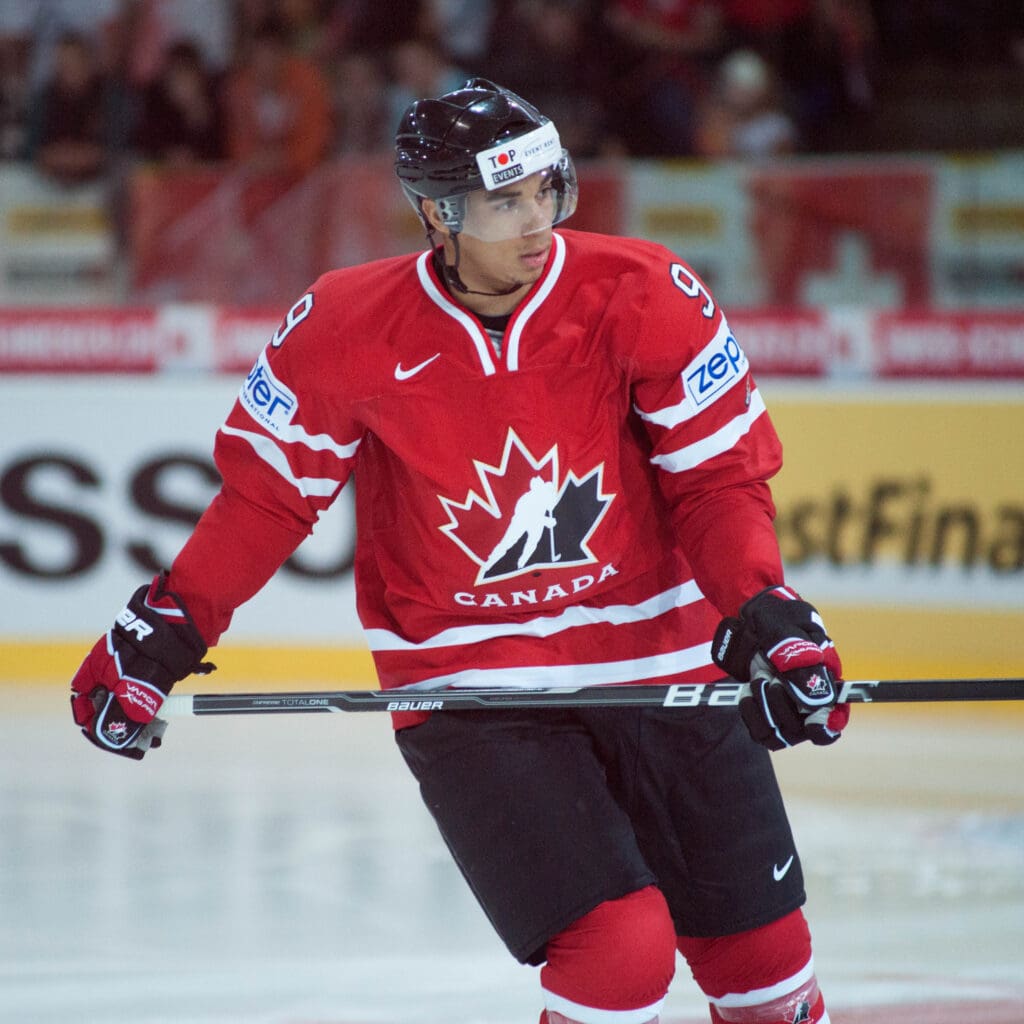
In January 2021, Kane filed for Chapter 7 bankruptcy in San Jose, with total debts amounting to $26.8 million, despite having earned close to $55 million in his NHL career up to that point. Kane’s ex-wife, Anna Kane, accused him of betting on NHL games and neglecting their family in 2021. She also later filed a case of domestic violence and sexual assault against him. The NHL investigated these allegations but found no evidence to support the claims of betting on hockey matches. The league’s investigation into domestic abuse allegations also could not be substantiated.
Kane faced a 21-game suspension without pay from the NHL in October 2021 for violating COVID-19 protocols, specifically for submitting a fake COVID-19 vaccination card. This suspension resulted in Kane forfeiting about $1.68 million of his salary.
Kane has continued to be a polarizing figure in the league. He is currently recovering from multiple surgeries, including a complex abdominal surgery and a knee procedure, which have kept him out of play for the 2024-25 season so far. His return timeline and potential impact on the Edmonton Oilers’ salary cap situation have been subjects of ongoing discussion.
7. Patrick Roy

Patrick Roy, a legendary goaltender, sparked controversy on December 2, 1995, when he stormed off the ice after being left in net during an 11-1 loss to the Detroit Red Wings. He told team president Ronald Corey it was his last game with Montreal, demanding a trade. Four days later, Roy was traded to the Colorado Avalanche, where he won two more Stanley Cups in 1996 and 2001. Roy’s competitive nature and exceptional skills led him to four Stanley Cup victories and three Conn Smythe Trophies as playoff MVP.
6. Brad Aldrich
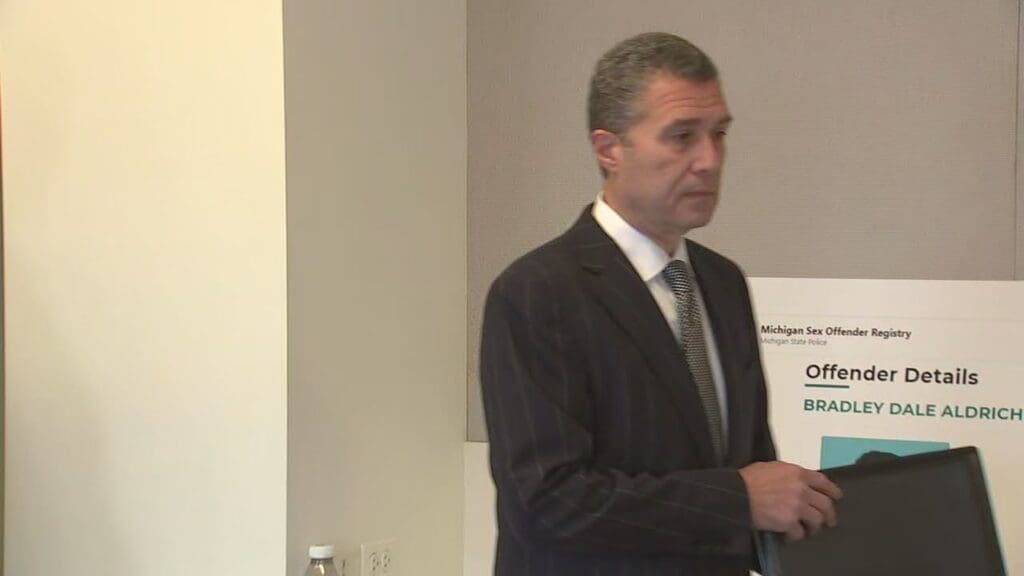
Brad Aldrich, former Chicago Blackhawks video coach, became embroiled in controversy for sexually assaulting players. In December 2021, the team reached a confidential settlement with Kyle Beach, who accused Aldrich of sexual assault during the 2010 Stanley Cup run. In November 2023, another former player filed a lawsuit against the Blackhawks, alleging sexual assault by Aldrich and claiming the team covered up his actions.
The new lawsuit, filed by a player identified as “John Doe,” claims Aldrich used his authority to “groom, harass, threaten and assault” him during the 2009-2010 season. The plaintiff was a member of the team’s “Black Aces” roster, a group of prospects who could play at the NHL level if needed. The lawsuit alleges that the Blackhawks were aware of Aldrich’s behavior but chose not to act until after the Stanley Cup final to avoid affecting “team chemistry”.
An independent investigation in 2021 found that the Blackhawks did not properly handle Beach’s allegations when they were raised during the 2010 Stanley Cup Playoffs. This resulted in a $2 million fine from the NHL and the resignation of several team executives. The Blackhawks have acknowledged the new lawsuit but pointed to changes made since 2021, including rebuilding their leadership team, improving reporting mechanisms, and adding new training for employees.
5. Bobby Clarke
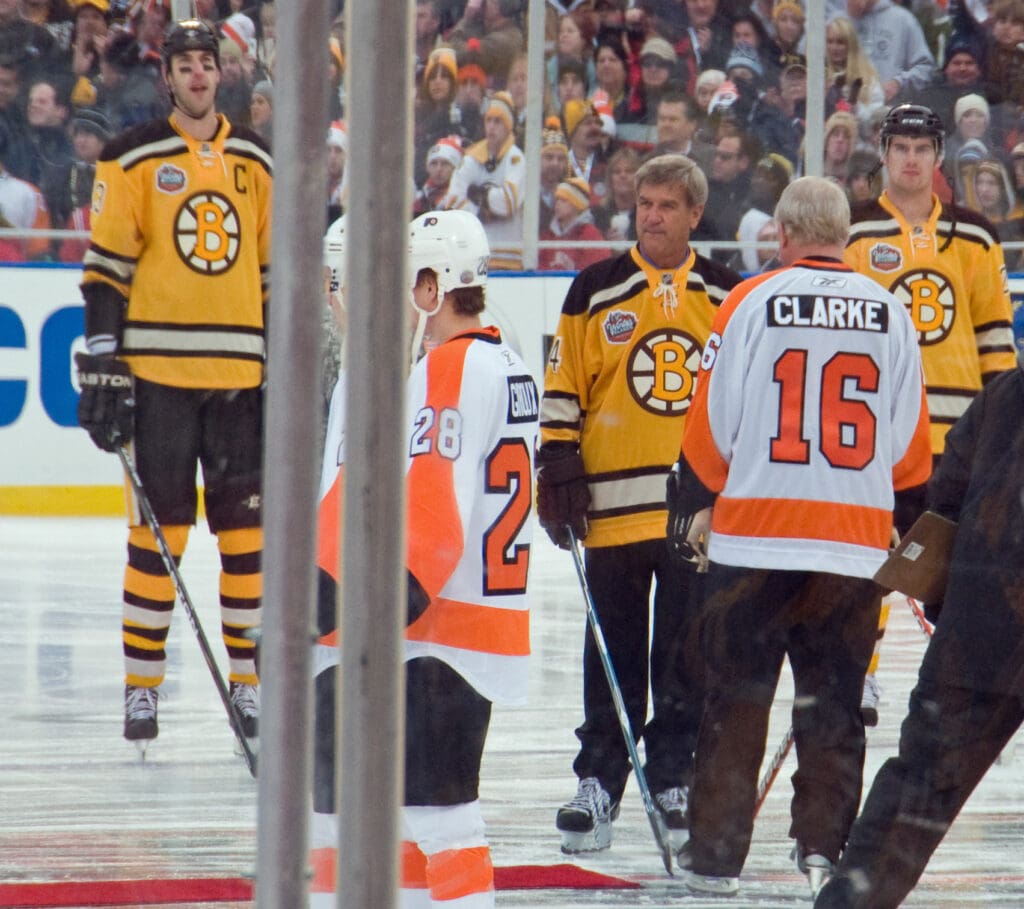
Bobby Clarke, a Philadelphia Flyers legend, was known for his aggressive play and leadership. He faced criticism for his slash on Valeri Kharlamov during the 1972 Summit Series, which reportedly fractured Kharlamov’s ankle. As a general manager, Clarke had a contentious relationship with Eric Lindros, leading to a public feud that lasted for years.
Clarke’s slash on Kharlamov occurred in Game 6 of the Summit Series when Canada was trailing. The incident was controversial, with some viewing it as a deliberate attempt to injure a key Soviet player. Clarke maintained that it was retaliation for Kharlamov’s stick work on him.
As general manager of the Flyers, Clarke’s relationship with Eric Lindros deteriorated over time. The feud involved disputes over medical treatment, accusations about Lindros’ character and leadership, and conflicts with Lindros’ parents. This public dispute became a significant distraction for the team and tarnished both Clarke’s and Lindros’ reputations.
In recent years, both Clarke and Lindros have made efforts to reconcile and put their past conflicts behind them. Clarke advocated for Lindros’ induction into the Hall of Fame, and both have expressed a willingness to move forward.
4. Mike Milbury
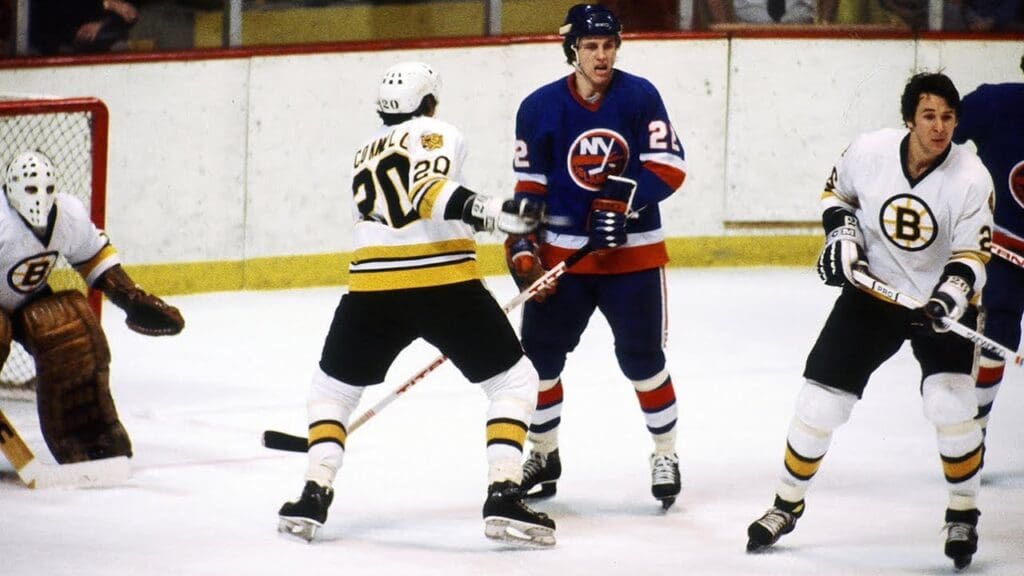
Mike Milbury’s controversial legacy spans his playing, coaching, and broadcasting careers. As a player, he was involved in a notorious incident on December 23, 1979, when he climbed into the stands at Madison Square Garden during a brawl between the Bruins and Rangers, removed a fan’s shoe, and used it to strike the fan. As GM of the New York Islanders from 1995 to 2006, Milbury made several questionable trades, including trading away Roberto Luongo, Olli Jokinen, Zdeno Chara, and the draft pick that became Jason Spezza. He also signed goaltender Rick DiPietro to a 15-year, $67.5 million contract, which became a burden for the team.
Milbury’s broadcasting career with NBC Sports ended in January 2021 after he made insensitive comments about women during the 2020 Stanley Cup playoffs. On August 20, 2020, Milbury said there were “not even any women here to disrupt your concentration” when discussing the NHL bubble. This comment led to widespread criticism, an NHL condemnation, and ultimately his departure from NBC Sports.
Watch Now: Big plays. Fast takes. Check out TQR Shorts for the latest sports news with Zoe!
3. Claude Lemieux
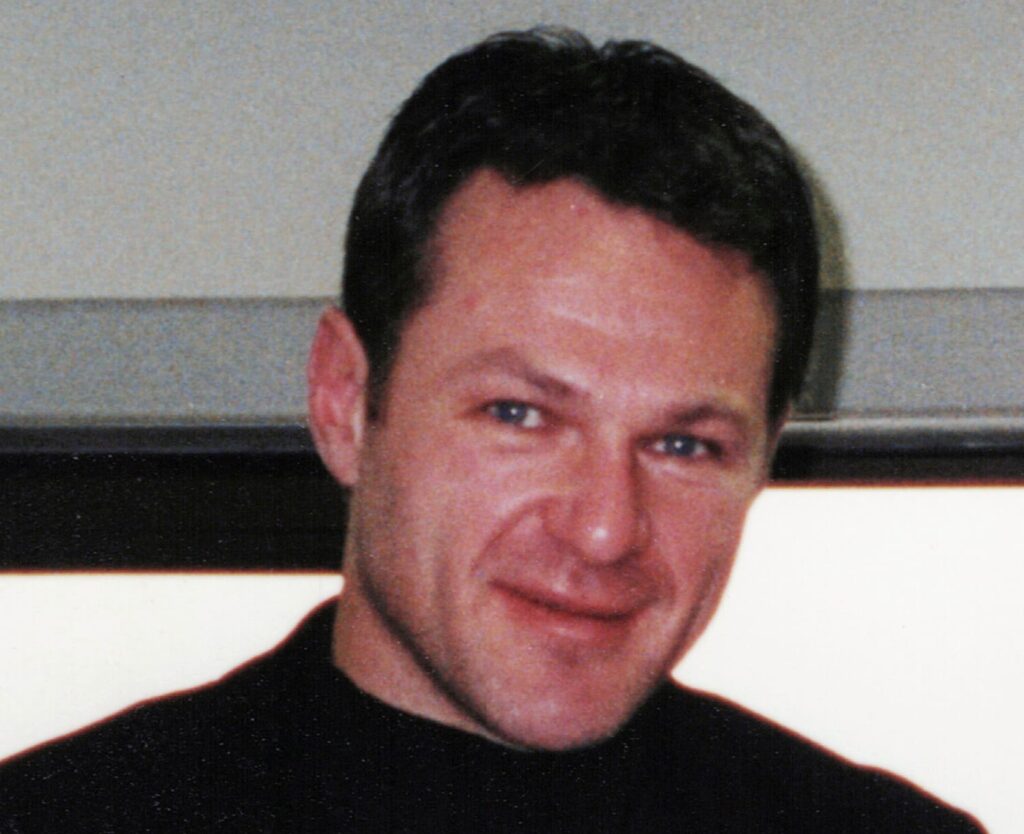
Claude Lemieux was indeed known for his playoff prowess and controversial play. He won four Stanley Cup championships with three different teams: Montreal Canadiens (1986), New Jersey Devils (1995, 2000), and Colorado Avalanche (1996). Lemieux’s playoff performance was exceptional, scoring 80 career playoff goals, which ranks ninth all-time in NHL history.
The infamous hit on Kris Draper occurred during Game 6 of the 1996 Western Conference Finals. Lemieux checked Draper from behind, causing severe injuries including a broken jaw, cheekbone, and orbital bone. This incident ignited a fierce rivalry between the Colorado Avalanche and Detroit Red Wings that lasted for years.
Lemieux’s aggressive style of play earned him a reputation as one of the most hated players in NHL history. He was known for his ability to agitate opponents and get under their skin. Despite his controversial reputation, Lemieux was also respected for his playoff performances, including winning the Conn Smythe Trophy as playoff MVP in 1995.
His career was marked by both admiration for his clutch playoff performances and disdain for his aggressive tactics, making him one of the most polarizing figures in NHL history.
Related: 10 Ways The 4 Nations Face-Off Is Revolutionizing International Hockey
2. Todd Bertuzzi
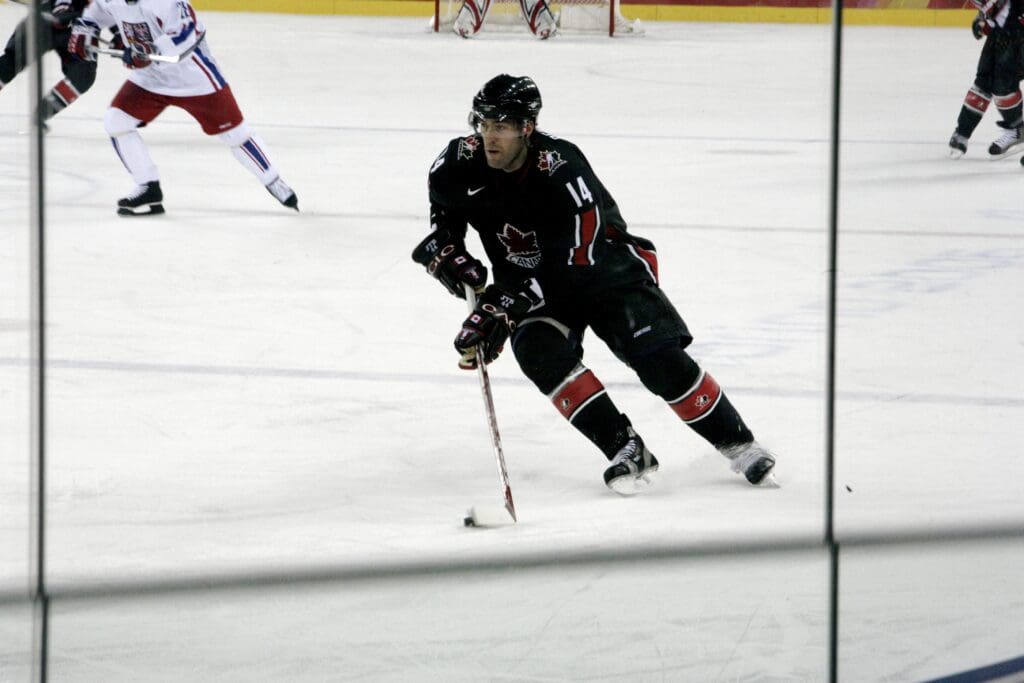
Todd Bertuzzi’s career was indeed marred by a 2004 incident involving Steve Moore. On March 8, 2004, during a game between the Vancouver Canucks and Colorado Avalanche, Bertuzzi punched Moore from behind, causing Moore to fall face-first onto the ice. The attack resulted in three fractured neck vertebrae, facial cuts, and a concussion for Moore, effectively ending his NHL career.
The incident led to significant consequences:
- Bertuzzi was suspended for the remainder of the 2003-2004 season and playoffs, which amounted to 17 months due to the 2004-2005 NHL lockout.
- Criminal charges were filed, and Bertuzzi pleaded guilty to assault causing bodily harm. He was sentenced to one year of probation and 80 hours of community service.
- Moore filed a civil lawsuit against Bertuzzi and the Canucks, which was settled out of court on August 19, 2014, after years of legal proceedings.
Despite attempts at redemption, including public apologies and efforts to contact Moore, this incident remains a significant and controversial chapter in NHL history. Bertuzzi continued his NHL career after the suspension but was never able to fully escape the shadow of this event.
Related: The Most Dramatic Playoffs Moments in NHL History
1. Sean Avery

Sean Avery was indeed known as one of the NHL’s most notorious agitators, famous for his on-ice antics and off-ice controversies. His actions led to the creation of the “Avery Rule” during the 2008 playoffs when he faced goaltender Martin Brodeur and waved his hands in front of Brodeur’s face to block his vision. This prompted the NHL to quickly amend Rule 75 on unsportsmanlike conduct to prohibit such behavior.
Avery’s controversial nature extended off the ice. In December 2008, he was suspended for six games without pay for making crude comments about his ex-girlfriends dating other NHL players. The league cited his “pattern of unacceptable and anti-social behavior” when issuing the suspension.
Despite his polarizing nature, Avery’s ability to agitate opponents and get under their skin made him a valuable asset to some teams, particularly the New York Rangers. During his time with the Rangers, the team had a significantly better record with Avery in the lineup compared to when he was absent.
However, Avery’s behavior often caused issues within his own teams as well. His actions led to conflicts with teammates and coaches, and he was eventually waived by the Rangers in 2011. While some valued his ability to provoke opponents, others found his antics detrimental to team chemistry and professional conduct.
Related: Ranking the 15 Most Optimistic NHL Fan Bases


